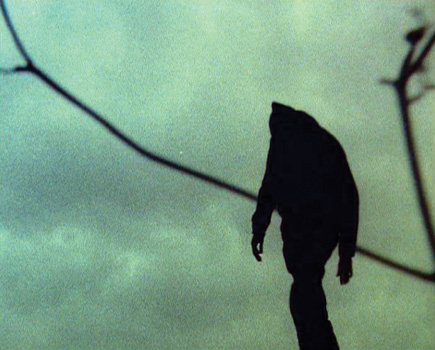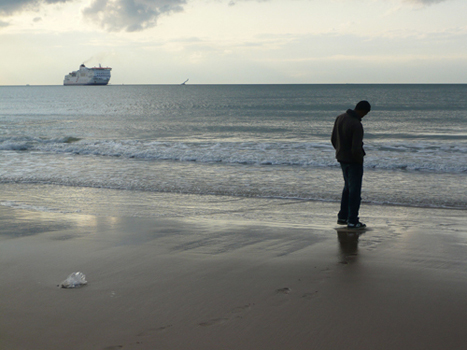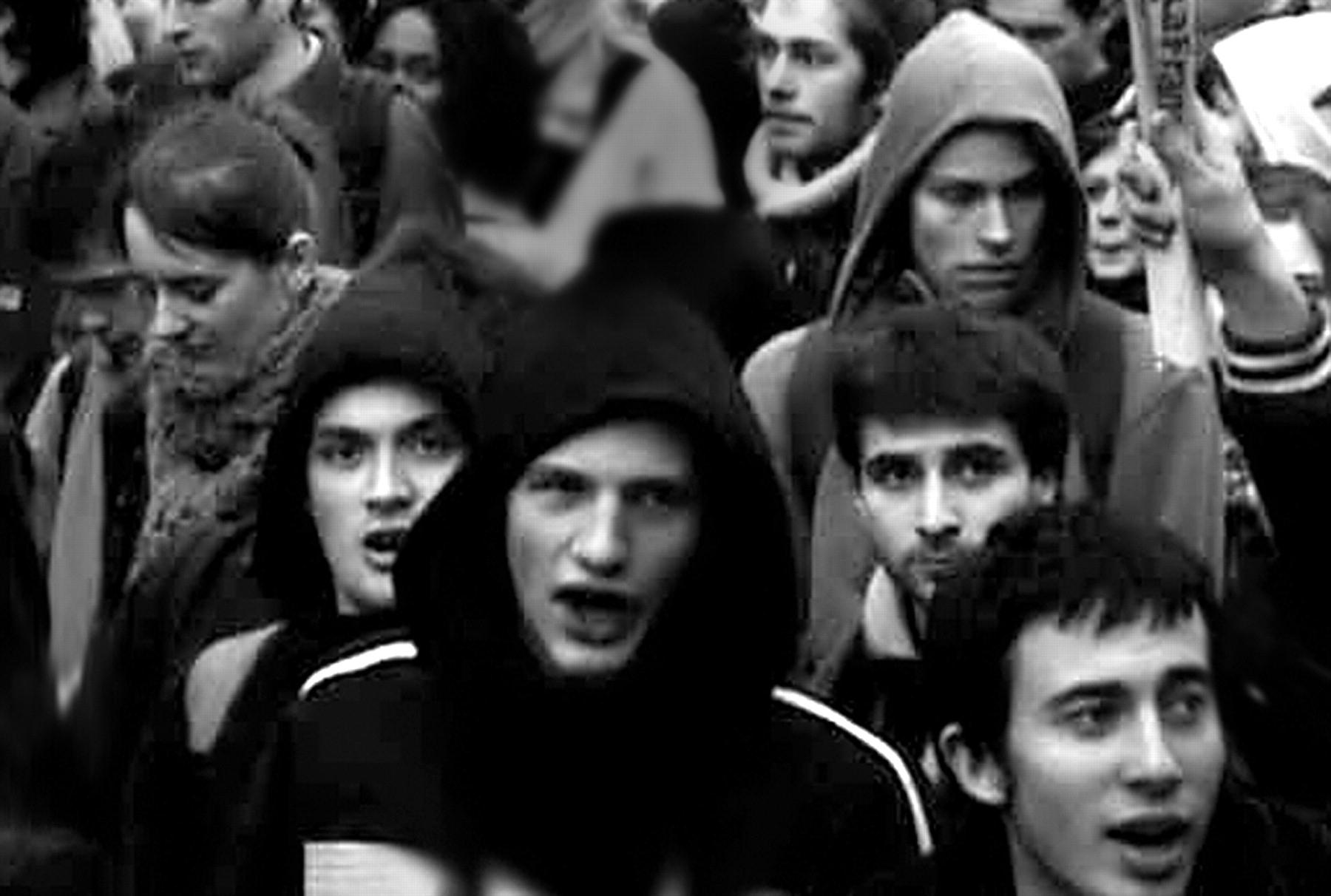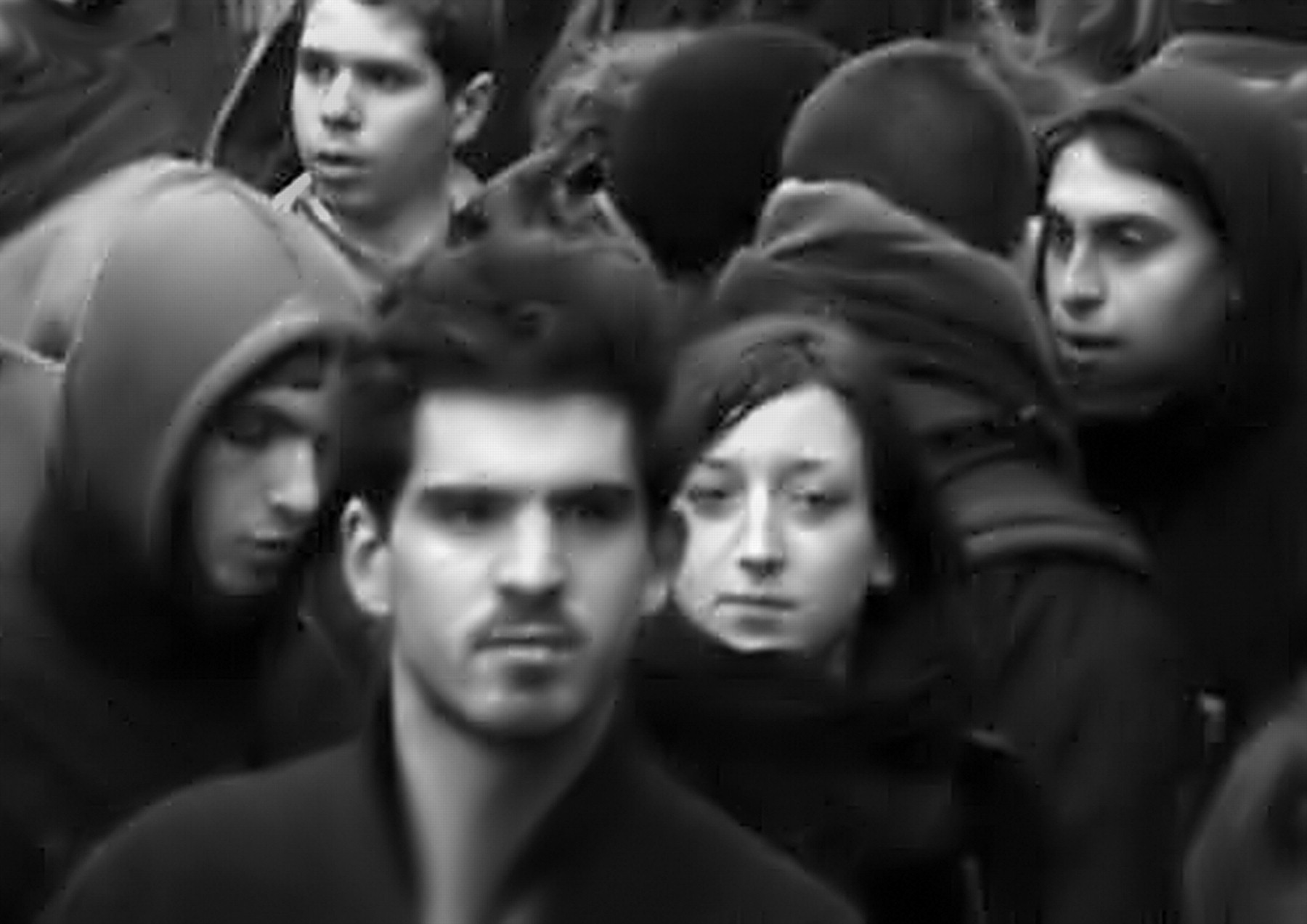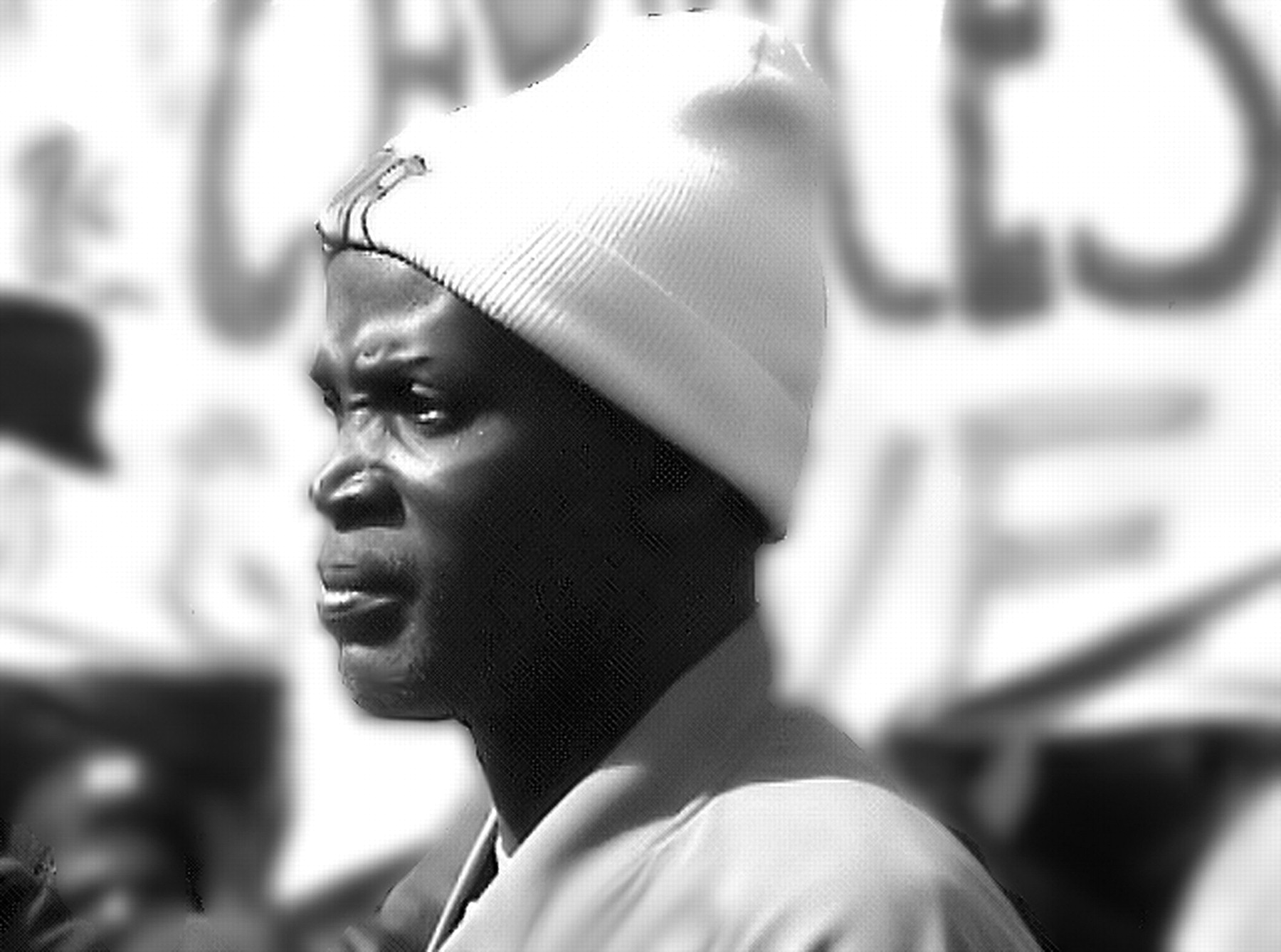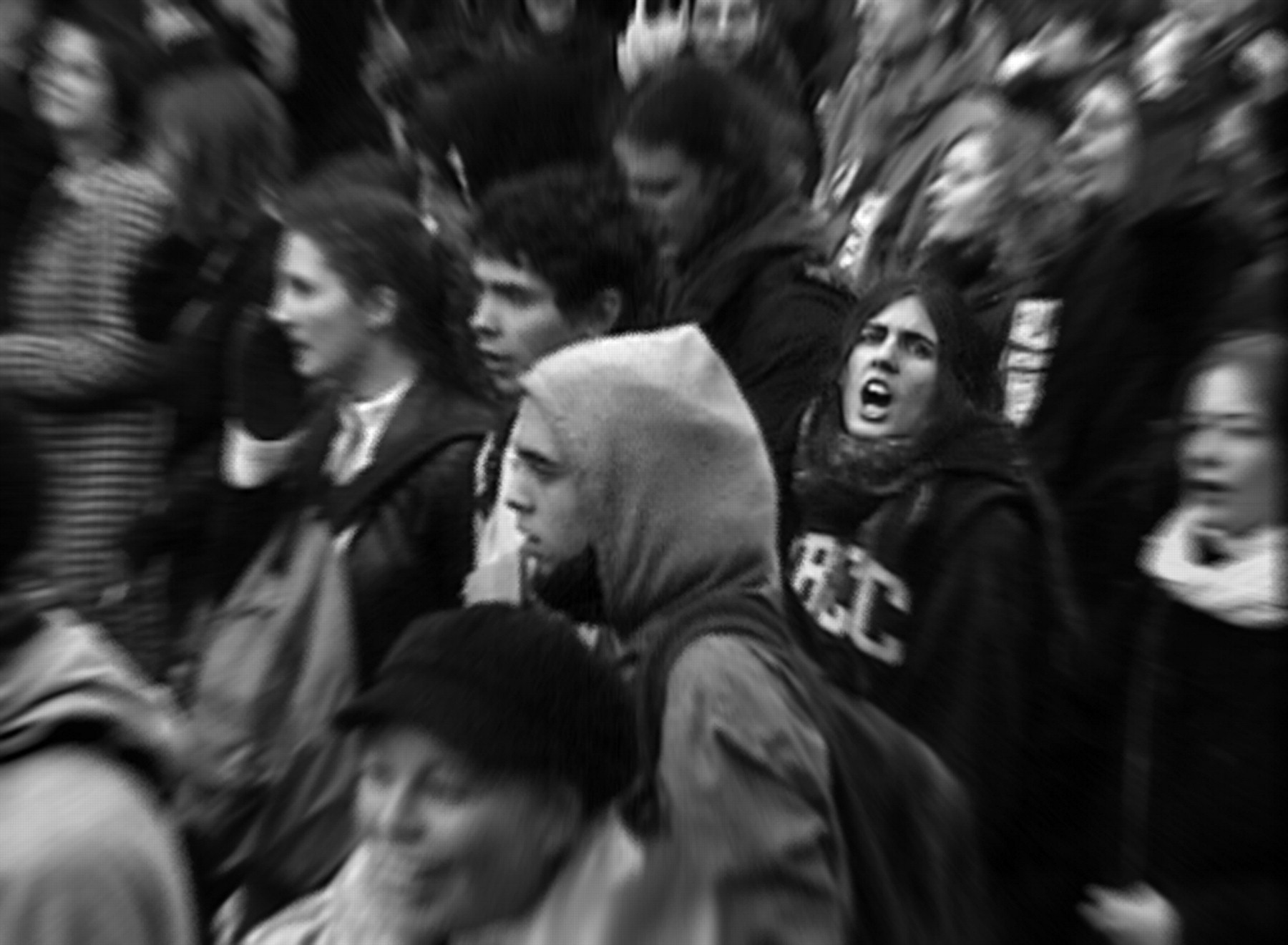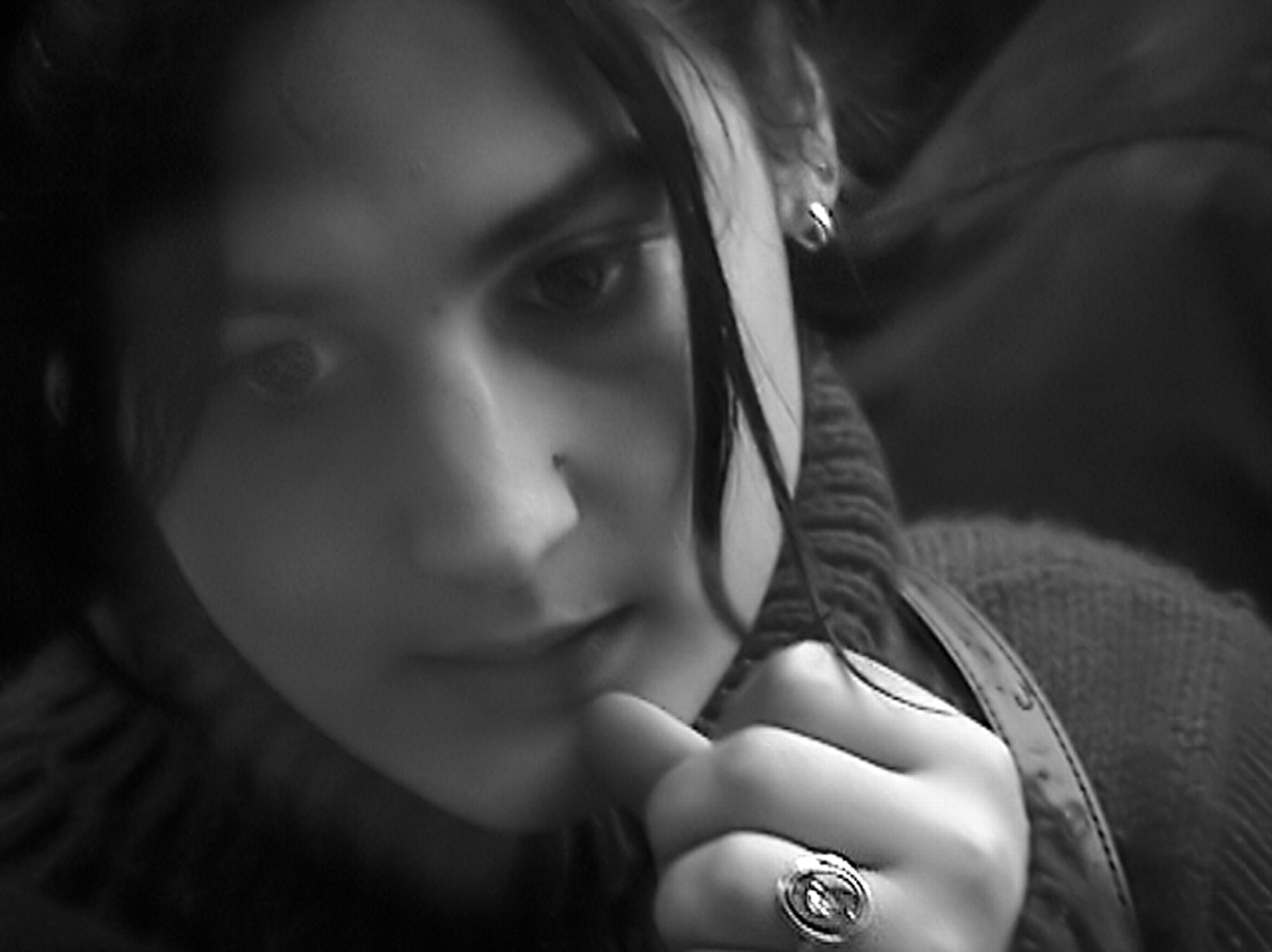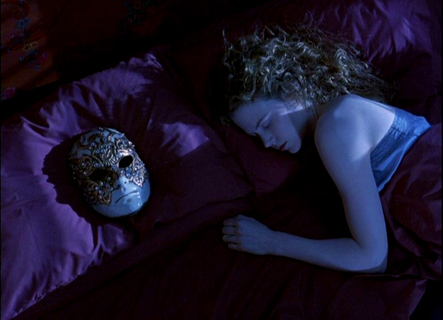
“Il serait peut-être temps de réorienter la pensée et le combat contre une théorie et une pratique de stigmatisation, de précarisation et d’exclusion qui constituent aujourd’hui un racisme d’en-haut: une logique d’Etat et une passion de l’intelligentsia”
– Jacques Rancière, 11 September 2010
This is a thought-provoking piece by Jacques Rancière, based on a talk he gave during the conference ‘Les Roms, et qui d’autre?‘ (“The Romas, and Who Else?”. Montreuil, 11.09.2010), which was organised in response to the French government’s expulsions of Romas from its territories, as well as the broader processes of ethnicisation, racialisation and securitization enforced by the French political administration. Both this translated version and the original French text (“Racisme, une passion d’en haut”) were published by Mediapart.
“I would like to propose a few thoughts concerning the notion of “state racism,” which is on the agenda for our meeting today. These thoughts counter a very widespread interpretation of the measures recently taken by our government, including the law [of 2004] banning the Islamic headscarf in public schools and the deportations of Romas in summer 2010. That interpretation sees in these measures an opportunistic exploitation of racist and xenophobic themes for electoral purposes. This purportedly critical attitude thus clings to the premise that racism is a popular passion – the frightened and irrational reaction of the reactionary strata of the population, which is unable to adapt to the new mobile and cosmopolitan world. The state is accused of betraying its principles by indulging those populations. Its position as the representative of rationality in the face of popular irrationality is thereby consolidated.
Now, this view of the game adopted by supposedly leftist critics is exactly the same one the right has used to implement certain racist laws and decrees over the last 20 years. All these measure have been taken in the name of the same rationale: there are problems of delinquency and other threats because of immigrants, including illegal immigrants, and these are in danger of unleashing racism unless measures to restore order are taken. Consequently, this delinquency and these threats must be subject to the law’s universality so that they do not create racist disturbances.
That’s the game that has been played out on the left as well as the right ever since the Pasqua-Méhaignerie laws of 1993. It consists of counterposing the universalist logic of the rational state to popular passions, that is, giving racist state policies anti-racist credentials. It’s high time to turn the argument around and note the close correspondence between state “rationality” used to justify these measures and the convenient “other” or complicit adversary the state proposes as a foil: popular passion. What we see in fact is not the government acting under the pressure of populist racism and in reaction to the so-called populist or far-right passions. Rather, it’s state policy that fosters the image of this “other” to which it confides imaginary responsibility for its real legislation.
Fifteen years ago, I proposed the term “cold racism” to designate this process. The racism we are dealing with today is a deliberate racism, an intellectual construction. It is primarily a creation of the state. In this gathering, we’ve discussed the relationship between the rule of law and the police state. But it’s in the very nature of the state itself to be a police state, that is, an institution that determines and controls identities, space and movements – an institution in permanent struggle against any surplus of identities beyond those it creates, and thus, as well, against the surplus of identity logics affirmed through the action of political subjects. The global economic order only makes the state’s labors in this area more insistent. Our states are ever less able to counter the destructive impact of the free circulation of capital on the communities for which they are responsible. They are all the more unable in that they have no desire whatsoever to do so. They, therefore, fall back on what is within their power: the circulation of persons. They make the control of this other circulation their specific object, and define as their objective the security of their nationals threatened by these migrants. In more precise terms, they are engaged in the production and administration of insecurity, this work becoming more and more their raison d’être and the means of their legitimation.
Hence their use of the law fulfills two essential functions: an ideological function, which is to constantly provide the subject that threatens security a face; and a practical function, which is to constantly reorganize the border between the inside and the outside and to constantly create floating identities, which can make what was once inside fall outside. Legislating on immigration meant, first of all, creating a category of sub-French and making people who were born on French soil of French-born parents fall into the floating category of immigrants. Legislating on illegal immigration meant making legal “immigrants” fall into the category of illegals. It’s the same logic again that dictated the recent use of the notion of “French of foreign origin.” And it’s the same logic that targets the Romas today, by creating – against the very principle of free circulation of persons within the boundaries of Europe – a category of Europeans who aren’t really Europeans, just as there are French who are not really French.
To create these suspended identities, the state does not trouble itself about contradictions, as we’ve seen with its measures concerning “immigrants.” On the one hand, it creates discriminatory laws and forms of stigmatization based on the idea of citizen universality and equality before the law. Those whose practices are said to oppose citizen equality and universality are, thus, punished and/or stigmatized. On the other hand, within this citizenship – supposedly identical for all persons – it creates discriminatory categories such as those that distinguish French “of foreign origin.” Consequently, on the one hand, all French citizens are the same and woe to anyone who is not; on the other hand, all citizens are not the same and woe to anyone who forgets it!
Thus, today’s racism is a rationalization of the state and not a popular passion. And this state logic is sustained in the first place not by who-knows-what retrograde social groups, but by a good portion of the intellectual elite. The most recent racist campaigns were not at all the product of the so-called “populist” far right. They were conducted by an intelligentsia which claims to be leftist, republican and secular. Discrimination is no longer based on arguments about superior and inferior races. It is supported on the basis of the struggle against “communitarianism” [i.e. the particularism of ethnic or religious communities] on the basis of the universality of the law, the equality of all citizens in the eyes of the law and equality between the sexes. Here again, its proponents don’t trouble themselves too much over the contradictions; they don’t otherwise show much concern with equality or feminism. In fact, the argumentation has the effect above all of creating the composite stereotype necessary to identify undesirable subjects: thus, the conflation among migrant, immigrant, reactionary, Islamist, male chauvinist and terrorist. The reference to universalism is, in fact, manipulated to the benefit of its opposite: the establishment of a discretionary state power to decide who belongs or doesn’t belong to the class of those who have the right to be here – the power, in short, to confer or cancel identities. Correlative to this power is the power to force individuals to be identifiable at all times, to confine themselves to a place of full visibility by the state. It is worth reviewing from this perspective the solution the government found to the legal problem posed by the prohibition of the “burqa” or “full Islamic veil.” It was, as we saw, difficult to enact a law that specifically targeted a few hundred people of a particular religion. The government found the solution: a general prohibition of covering one’s face in public through a law that simultaneously targets the woman wearing a full veil and the demonstrator wearing a mask or a scarf. Thus, the headscarf becomes the common emblem of the backward Muslim and the terrorist agitator. It was “republican” thought that provided the formula for that solution, adopted – like a great many other immigration measures – with the benevolent abstention of the “left.” Let us remember the furious diatribes of November 2005 against masked and hooded youth acting by night. Let us also remember the triggering event of the Redeker Affair, in which philosophy professor Robert Redeker was threatened by an Islamic “fatwa.” His pretext for his vehement anti-Muslim diatribe was … the ban on wearing g-strings when Paris turned the banks of the Seine into a public beach. In this prohibition by Paris city hall, Redeker detected a measure of deference to Islamic fundamentalism and to a religion whose potential for hatred and violence was supposedly demonstrated by its prohibition of being naked in public. The noble talk of secularism and republican universalism in the end boil down to the principle that one ought to be entirely visible in public space, whether it’s paved or sandy.
In conclusion: much energy has been spent combating a certain kind of racism as embodied in particular by the National Front, and a certain conception of racism as the expression of white “rednecks” (“petits blancs”) representing the backward strata of society. A good part of that energy has been channeled into constructing the legitimacy of a new form of racism: state racism and “left” intellectual racism. Perhaps it’s time to direct our thought and struggle against a theory and practice of stigmatization, marginalization and exclusion that today constitute a top-down racism (“un racisme d’en-haut”): a rationalization of the state, a passion of the intelligentsia”.
